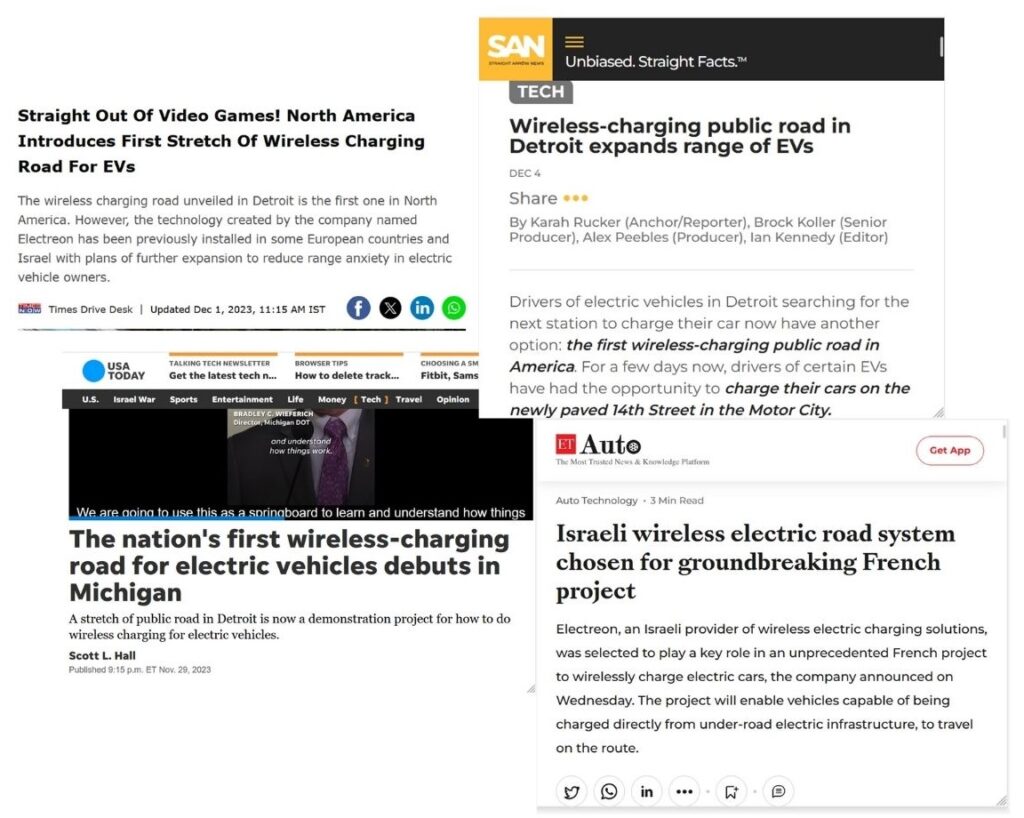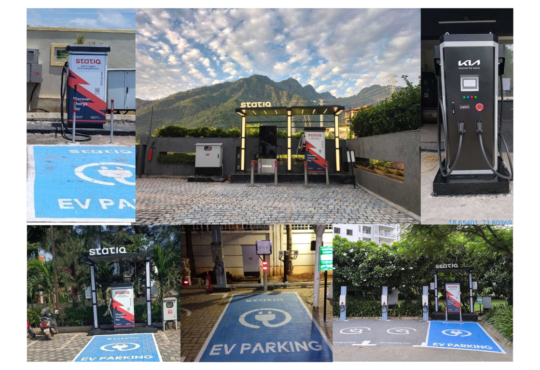
Is On-Road Wireless EV Charging Possible?
In the rapidly evolving landscape of electric vehicles innovative technologies are reshaping the way we think about transportation. One such revolutionary concept gaining traction is On-Road Wireless EV Charging. In this blog, we will explore the intricacies of this cutting-edge technology, its mechanisms, advantages, challenges, and the potential it holds for shaping the future of sustainable mobility.
How On-Road Wireless Charging Works
On-road wireless EV charging operates on the principle of resonant inductive coupling or other advanced technologies. The process involves embedding charging infrastructure directly into roadways, enabling EVs equipped with compatible systems to receive a continuous charge as they travel. Watch this video to know more!
Advantages of On-Road Wireless Charging
- Elimination of Physical Charging Stations: On-road wireless charging eliminates the need for conventional charging stations, offering a seamless and integrated charging experience.
- Seamless Integration into Existing Roadways: The technology seamlessly integrates into existing road infrastructure, making it a feasible option for urban and highway environments.
- Enhanced Convenience for EV Users: Drivers no longer need to plan pit stops for charging, as the vehicle gains power continuously while in motion.
Challenges and Considerations
- Infrastructure Development Challenges: Implementing on-road wireless charging requires significant infrastructure development, posing challenges related to costs and logistics.
- Cost Considerations and Economic Feasibility: The economic viability of deploying on-road wireless charging systems need careful consideration, including initial setup costs and ongoing maintenance.
- Technical Challenges and Efficiency Concerns: Ensuring optimal efficiency and addressing technical challenges, such as energy loss during transmission, are critical for the widespread adoption of this technology.
Global Initiatives and Pilot Projects

Several countries worldwide have initiated pilot projects to test and refine on-road wireless EV charging systems. Successful implementations are shaping the future of this technology and providing valuable insights into its practicality and effectiveness.
Future Prospects
The impact of on-road wireless charging on EV adoption is profound. As technology advances, it promises to play a pivotal role in shaping the future of sustainable transportation, offering a compelling solution to range anxiety and enhancing the overall EV user experience. It will replace the need to install heavy charging stations and fuel stations while proving the convenience of electric vehicle charging on the go.
Environmental and Sustainability Implications
Beyond convenience, on-road wireless charging contributes to environmental sustainability by encouraging the use of electric vehicles. The reduction of traditional fuel-dependent vehicles translates to lower emissions and a positive impact on air quality and climate change.
Conclusion

In conclusion, on-road wireless EV charging stands at the forefront of a transformative era in sustainable transportation. While challenges persist, the technology’s potential to revolutionize how we power our vehicles and reduce our environmental footprint cannot be overlooked. As global initiatives and technological advancements continue to shape the landscape, on-road wireless charging is poised to play a pivotal role in the electric future we envision.
Also Read, How Many EV Charging Stations Are There In India?



